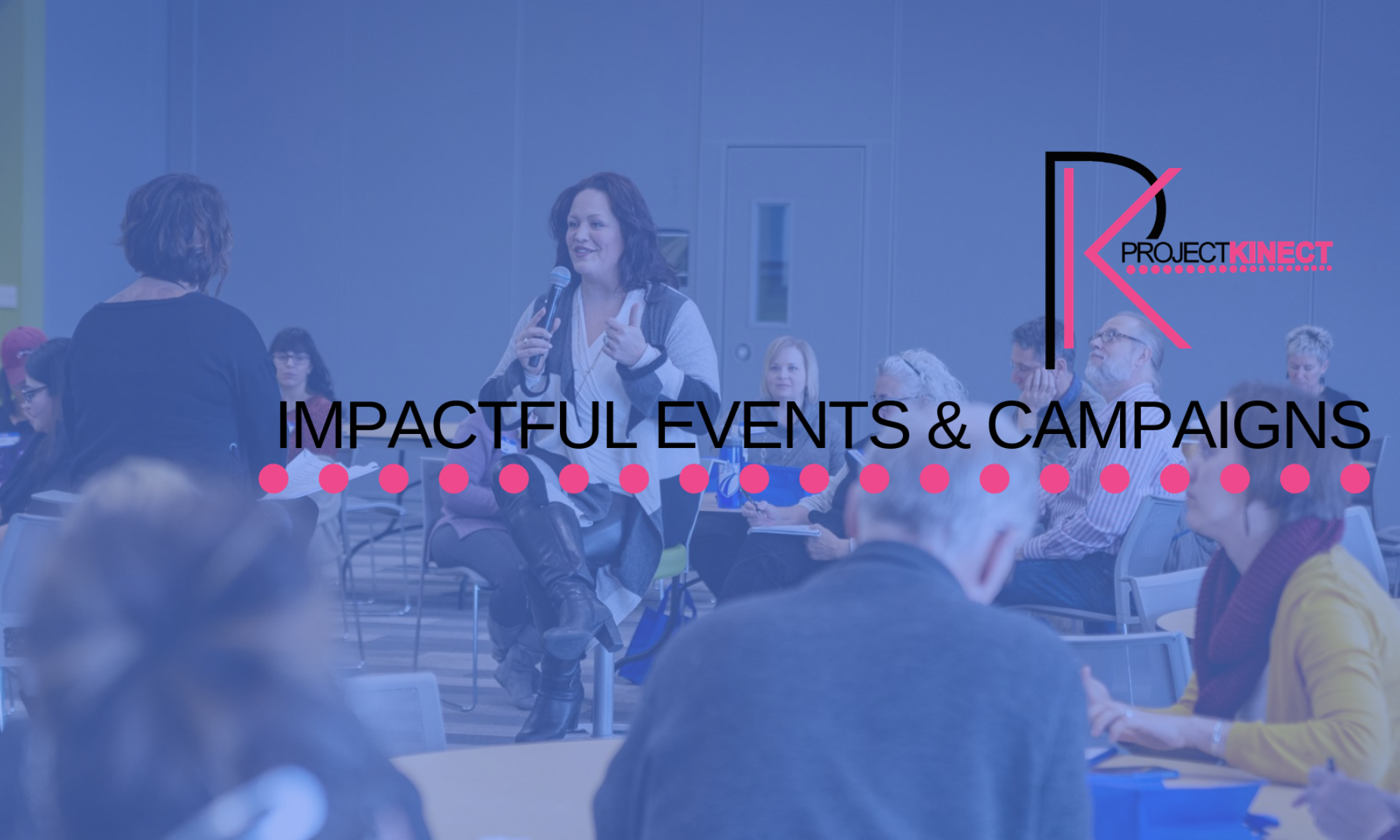I’ve been in Austin for a week now and it has really blown me away. The height of production and innovation which the arts community here in Austin are creating is truly inspirational. I have seen some really amazing things and soon, after the APASO conference, I will get them onto the website.
The main thing that I have done since I’ve been here in Austin has been the Association of Performing Arts Service Organizations(APASO) conference. I’ve been given the opportunity to sit with these brilliant nonprofit arts community leaders from throughout the country and I can only say is wow. Wow to what they are accomplishing. Wow to how they are still surviving with the limitations that each of them have. Wow to the fact that I am saddened that each and every American can’t sit with me for even five minutes.
We, as an entire population, really aren’t acknowledging the huge cultural deficit that we are taking on right now. By allowing all these budgets to be cut and not looking at the real issues, we are taking away from each and every one of our lives. The arts are as important as math and science. This isn’t an opinion, this is a fact. No argument can go against that. Budgeting and spending and its relationship with the arts will come up again in a later post but for now I want to go further with the two main themes I am seeing from this conference.
The first theme that has come up in my mind is more of a bi-product of the conference. Conversation about audience and the statistics about audience’s in general, have been brought up over and over in conversation. Knowing your audience is so important because it shows you how to market and how to really give your audience what they want. The part that I keep missing though is where is the conversation about who isn’t getting to the theatre, art exhibits, opera, and so on? The conversation has been brought up, but not really dug into. For me, I always want to be able to expose theatre to a more wide arrangement of audience members. This can be done, but it will take an entire social movement by the theatre community.
I had a highschool teacher who had his own theory on theatre. It has to get the audience more involved like at a sporting event. With this day where not a moment of our lives is taken up by some sort of technology, we have to bring more to the audience to get them involved and ready to return to the theatre. I feel this has to be done on the audience’s territory. This must be done in the public.
Everywhere there are natural performance spaces. For an actor, musician, dancer, artist, it does not take much for them to perform. All you need to say is go, here’s the opportunity and it will be done. Why wait for the go? I think that if we are to truly make a social awareness of the cultural community, we have to get out there, all the time, and make ourselves seen and heard. This can include a highschool drama club going to their hometown mall and performing a scene in the middle of the food court. It can be a Jazz quartet who is just a local hobby going to the square of their town during a farmers market and giving the opportunity to people who haven’t ever been exposed to that. It only takes the commitment from our cultural community to go onto those natural performance spaces when we can and as often as possible an everywhere in our communities all over the country.
The second theme that I feel is coming out of this conference for me is cultural education. Our society looks at “the arts” as this group of people, that live in one place, and are either extremely rich who do nothing or are extremely poor, beg and can’t pay their bills, and still don’t do anything. The real education that needs to happen is that “the arts” or cultural awareness is in all of our lives, constantly, every day. We wake up, turn music on from our radio or ipad. We bounce around, then eat cereal with a cool logo and design and get into our car that we chose because of certain aesthetic reasons. The cloths we wear, the way we decorate our house, the choices we make on play time activities with our children all are ways that cultural awareness become apart of our lives. It is so important and we are letting it fall to the side of the road. We all need to be re-educated so that it all comes back into our constant stream of consciousness.
Some people say imagine life without any artistic influence. I really can’t because as Arlene Goldbard says”Art will not die, only funding for it will.” The arts will always go on. Any tragedy in life has had music, art, story telling involved with it. Unfortunately though, in order for us to continue to evolve and succeed, we need to make sure that the arts are supported and celebrated in any form. We have to make it our obligation to point out that cultural arts are with each and every one of us in every aspect of our lives.
